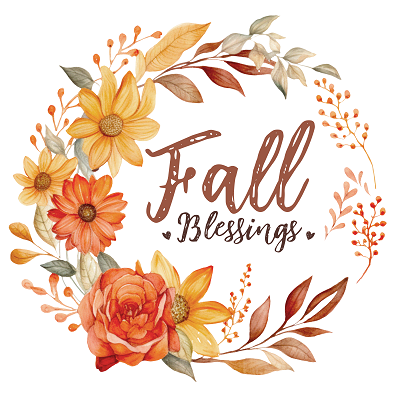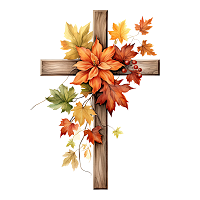 While fall is the favorite season among many people, others struggle with it because of how it affects their mental health. You might be one of the unlucky people who have a hard time with your emotional state in the fall, dealing with worsened anxiety and depression.
While fall is the favorite season among many people, others struggle with it because of how it affects their mental health. You might be one of the unlucky people who have a hard time with your emotional state in the fall, dealing with worsened anxiety and depression.
Here is more information about why this might be happening and what you can do about it:
What is Autumn Anxiety?
The first mental health change you might notice in the fall season is with your anxiety. Many people have noticed that their anxiety seems to peak around the time fall begins – but why? This is sometimes referred to as autumn anxiety, a type of anxiety that is triggered by the fall season.
This is because the change between summer and fall can often feel like a drastic one. Your days get shorter, the weather changes, your routine is different, holidays are coming up, and it just feels like everything is different and more stressful.
Dealing with Seasonal Depression
You might also be someone who has worsened depression in the fall, which can happen for a number of different reasons. However, the most common reason is from seasonal affective disorder, or SAD.
SAD is often the result of the seasons changing, particularly with the gloomier, darker weather you get in the fall and winter. If you live somewhere with a lot of rain and cold days in the fall, then you are likely to get it this time of year.
It can give you all the same symptoms as other forms of depression, including mood changes, low energy, lack of motivation, lethargy, and simply feeling blue.
What You Can Do About it
While it can be difficult getting through the fall season with anxiety and/or depression, you are not alone, and there IS help available to you. Here are some ways to get relief from your anxiety and depression this season:
- Light therapy for SAD – If you suffer from SAD, one of the best options for you is light therapy. SAD typically occurs in the fall and winter because of the longer nights, darker days, and gloomy weather. Naturally, light therapy, called phototherapy, is the way to go. There are light boxes you can use indoors that give you bright light to reduce those depression symptoms.
- Writing in a journal – Journaling is a simple daily practice that can help with both anxiety and depression.
- Practicing your breathing exercises – Breathing exercises help with anxiety the most, allowing you to be mindful for a few minutes, and focus on relaxing your mind and body. They are also fantastic for getting through a panic attack.
- Seeking professional help – Please do not hesitate to reach out to a doctor or therapist if you need medication or talk therapy. There is so much they can help you with when your anxiety or depression is too much to handle.


